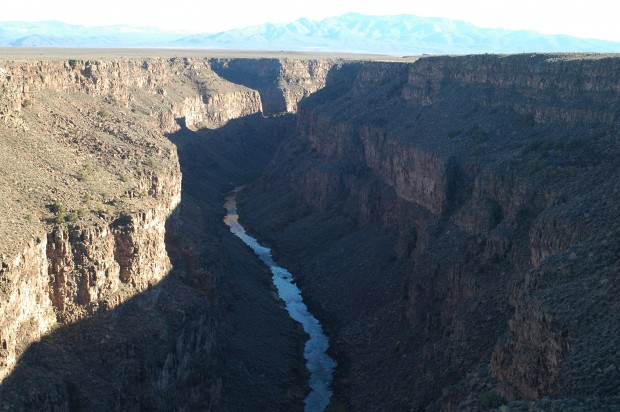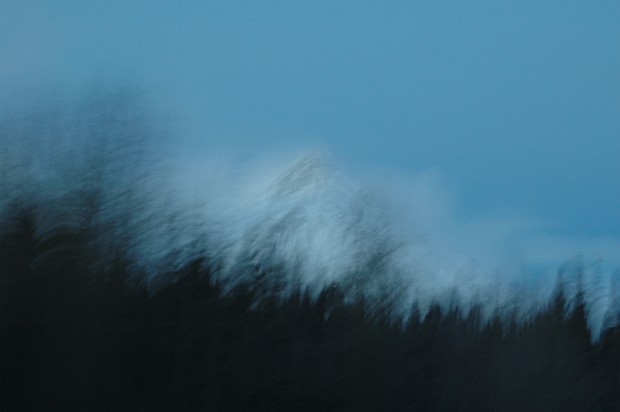
New Mexico served as his first provocative ‘equivalent’ for creating a modern art built on eternal values. It reconciled the self and the world by its dramatic yoking of earth and sky, body and spirit…
— Lois Palken Rudnick, Utopian Vistas

New Mexico served as his first provocative ‘equivalent’ for creating a modern art built on eternal values. It reconciled the self and the world by its dramatic yoking of earth and sky, body and spirit…
— Lois Palken Rudnick, Utopian Vistas
New research indicates that mindfulness practice affects genetic structure:

Hurrying isn’t moving fast, although it often is coupled with it; we can move quickly and be present. To me, hurrying is moving and attending to things in a blurry manner, often underlain with the feeling that there is not enough time. We must get things done! The worst results can be accident and injury, or some other type of loss. Even without this, it is certainly true that we aren’t present to ourselves, our actions, and to the world around us. It is a leaving of awareness.
Sometimes I need to move quickly. But I do not want to give up awareness in that process. When I remember to pause and return to presence, to watch the breath, to sense my body as I move, I am returning to the present moment; I can move fast or slow, depending on what is required. And I can be observant.
The tendency to hurry can be seen as a gift– because when I notice I am hurrying, this very noticing offers a choice to return to the present moment.
~ Peace Begins with You ~ “The last time Martin Luther King and I met was in Geneva during the peace conference called Paix sur Terre — “Peace on Earth.” I was able to tell him that the people in Vietnam were very grateful for him because he had come out against the violence in Vietnam. They considered him to be a great bodhisattva, working for his own people and supporting us. Unfortunately, three months later he was assassinated. People were very compassionate and willing to support us in ending the war in Vietnam during the sixties. But the peace movement in America did not have enough patience. People became angry very quickly because what they were doing wasn’t bringing about what they wanted. So there was a lot of anger and violence in the peace movement. Nonviolence and compassion are the foundations of a peace movement. If you don’t have enough peace and understanding and loving-kindness within yourself, your actions will not truly be for peace. Everyone knows that peace has to begin with oneself, but not many people know how to do it. Engaged Buddhism is just Buddhism. When bombs begin to fall on people, you cannot stay in the meditation hall all of the time. Meditation is about the awareness of what is going on- not only in your body and in your feelings, but all around you. When I was a novice in Vietnam, we young monks witnessed the suffering caused by the war. So we were very eager to practice Buddhism in such a way that we could bring it into society. That was not easy because the tradition does not directly offer Engaged Buddhism. So we had to do it by ourselves. That was the birth of Engaged Buddhism. Buddhism has to do with your daily life, with your suffering and with the suffering of the people around you. You have to learn how to help a wounded child while still practicing mindful breathing. You should not allow yourself to get lost in action. Action should be meditation at the same time.”
~ Thich Nhat Hanh ~ Shambhala Sun, 2008 Interview
I am the caterpillar or the ant that the bird is looking for to eat, but I am also the bird that is looking for the caterpillar or the ant. I am the forest that is being cut down. I am the rivers and the air that are being polluted, and I am also the person who cuts down the forest and pollutes the rivers and the air. I see myself in all species, and I see all species in me.
—Thich Nhat Hanh
Grandmother Rita Blumenstein is a tribal doctor for the South Central Foundation. She uses plant and energy medicine to heal along with the wisdoms learned from her own grandmothers. “I really still don’t know what it is I do, and I don’t know after what I did,” she explains. “The secret is that I don’t know anything… We are here for the universe.
In proportion as he simplifies his life, the laws of the universe will appear less complex, and solitude will not be solitude, nor poverty poverty, nor weakness weakness.
~ Henry David Thoreau ~